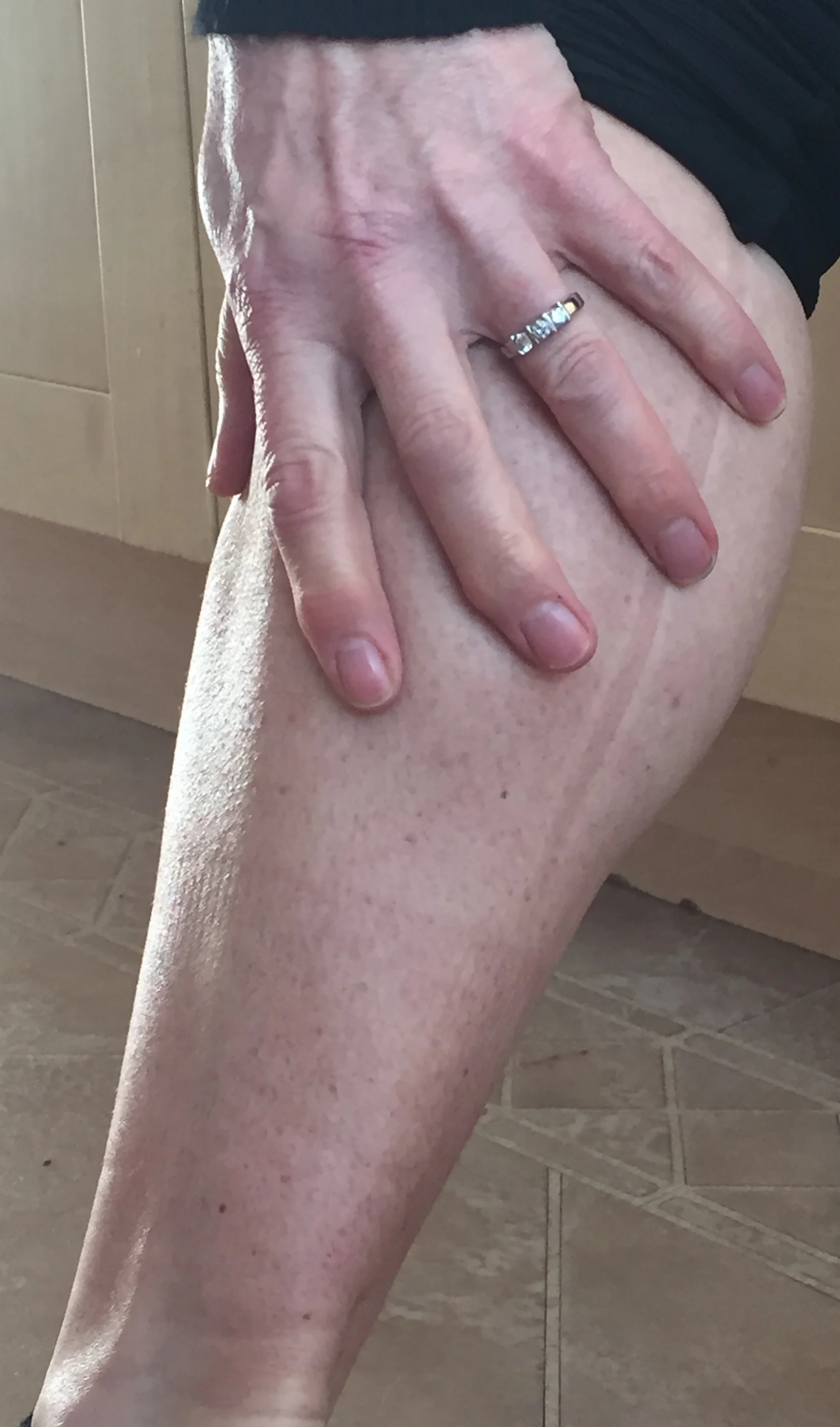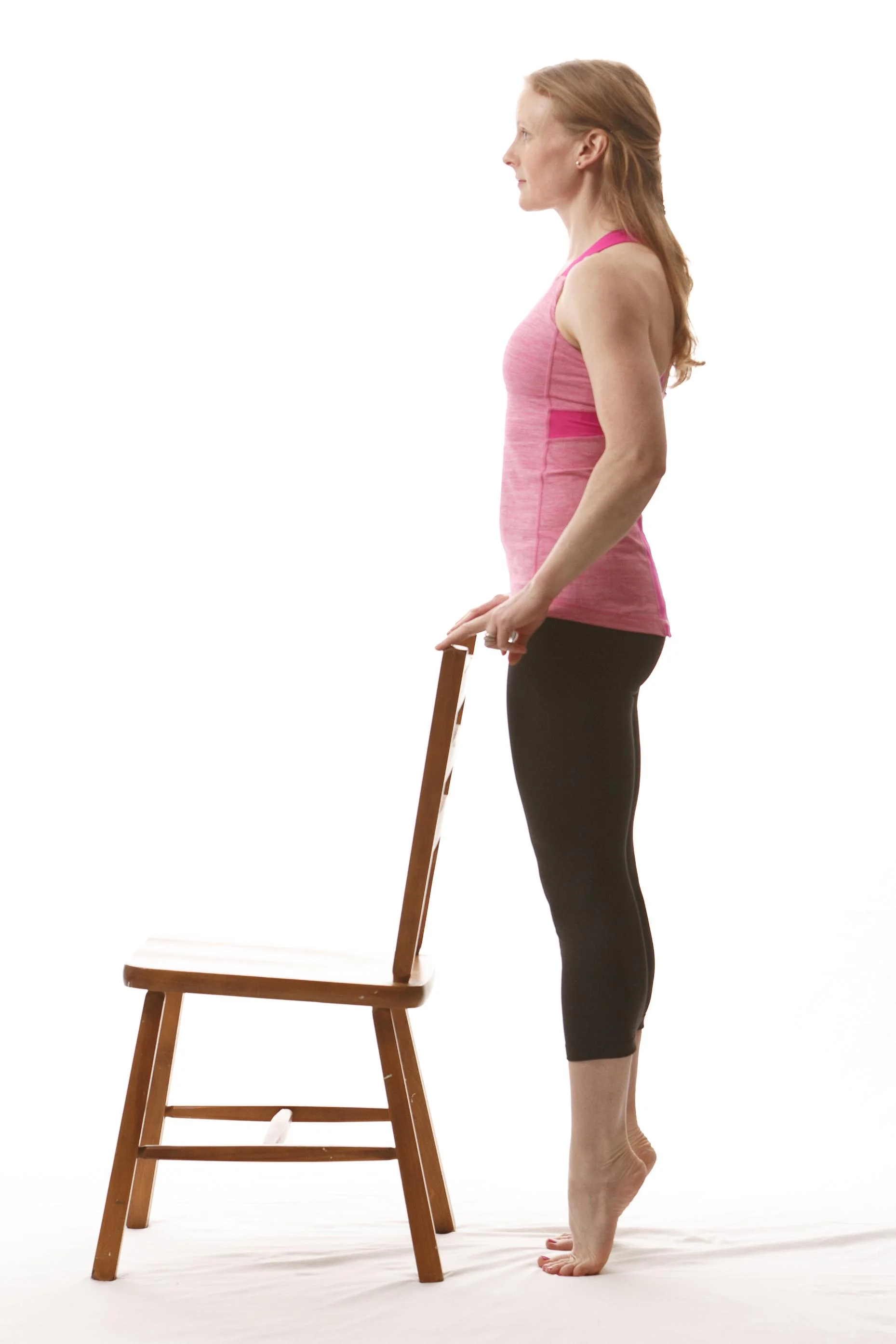Are you getting calf pain when you run?
/Are you getting calf soreness with no history of trauma to the area?
Non-traumatic calf pain usually follows a fairly predictable pattern – the pain develops when running and gradually worsens as the run continues. The calf may feel tight and even stop you from going any further. It may even tear slightly. After running the pain subsides a little but the calf often continues to feel tight for a day or so. When not running symptoms are generally not there. Walking is normally pain free.
There are a few possible diagnosis for this, but what I see in clinic is simply fatigue of the calf muscles, which leads to micro tearing of the calf muscle and often then Achilles' tendon pain.
This leads to the question of why are my calf muscles becoming fatigued?
Every muscle has it’s different level of strength and endurance, exceed that level and it will usually start to become painful and tight. The answer to why this happens usually has 2 parts to it;
- The calf and tendon are being overloaded
And/Or
- The calf muscles are weak or lack endurance.
Overloading the calf
The first question here may be what’s changed recently that coincides with your calf problems?
1. Have you started hill or speed work, increasing weekly mileage and increasing training intensity. It’s also very common for people transitioning to barefoot or minimalistic running to have calf pain. Running barefoot often involves landing on the forefoot and this usually loads the calf muscles and achilles tendon more than running in shoes. Another factor is exercise you do in addition to running – if you’ve started to introduce gym sessions and running on the same day, or the following day, the calf may already be somewhat fatigued before you start.
2. Have you started to run off road on soft ground? Balance is key when you run off road and if the ground underfoot changes due to weather so will the demands on your balance and control and your calf muscles.
3. Have you changed the way you run? Or do you know what your running technique is? Do you know how you hit the ground? Running on you tip toes or forefoot for too long will give you calf pain, overloading your calf muscles and tendon leading to pain and injury.
Is your calf up to it?
You should have adequate strength and plyometric control of the calf, this means that you should be able to heel raise easily up to 40 times in a row and be able to hop and land easily again and again with control.
This protects against calf overload and gives you a spring in your step and allows you to control the loading of landing whilst running. This is vital to remain injury free.
Key points:- Non-traumatic calf pain is often a case of doing too much or having weakness in the calf muscles (or a bit of both!). From hitting the ground hard in the less than efficient way.
So-
Have your running assessed by a professional and make sure you cross train, and not just run and strengthen your calf. If you have any additional symptoms such as severe pain, swelling, skin redness, pins and needles or numbness consult your Physiotherapist or GP.
Happy injury free running!!
Resident expert Jayne Nixon




